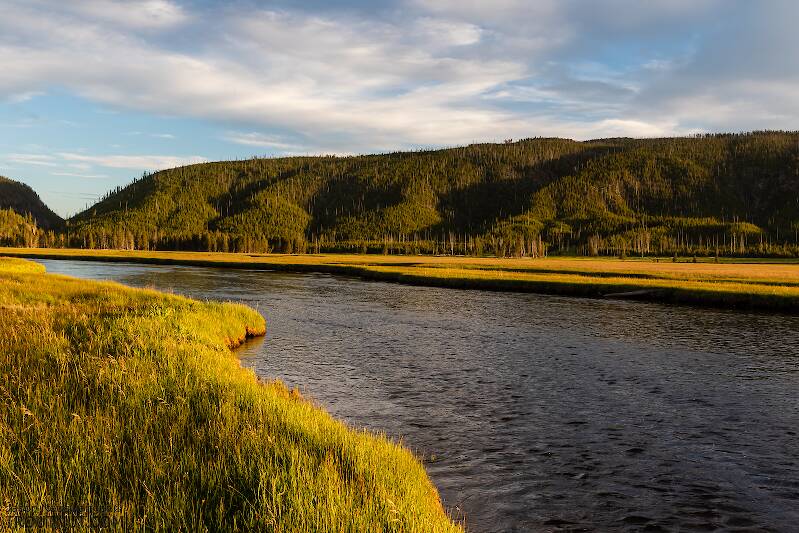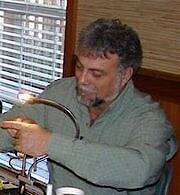
Blue-winged Olives
Baetis
Tiny Baetis mayflies are perhaps the most commonly encountered and imitated by anglers on all American trout streams due to their great abundance, widespread distribution, and trout-friendly emergence habits.
Featured on the forum

Some characteristics from the microscope images for the tentative species id: The postero-lateral projections are found only on segment 9, not segment 8. Based on the key in Jacobus et al. (2014), it appears to key to Neoleptophlebia adoptiva or Neoleptophlebia heteronea, same as this specimen with pretty different abdominal markings. However, distinguishing between those calls for comparing the lengths of the second and third segment of the labial palp, and this one (like the other one) only seems to have two segments. So I'm stuck on them both. It's likely that the fact that they're immature nymphs stymies identification in some important way.

Troutnut is a project started in 2003 by salmonid ecologist Jason "Troutnut" Neuswanger to help anglers and
fly tyers unabashedly embrace the entomological side of the sport. Learn more about Troutnut or
support the project for an enhanced experience here.
Taxon on Oct 7, 2011October 7th, 2011, 6:43 am EDT
Hi Fred-
That black & white one on the right strongly resembles Rosalia funebris (Banded Alder Borer). That what it is?
That black & white one on the right strongly resembles Rosalia funebris (Banded Alder Borer). That what it is?
Jmd123 on Oct 7, 2011October 7th, 2011, 9:17 am EDT
They ALL look like they are modelled on actual species! Just beautiful, Fred!
Jonathon
Jonathon
No matter how big the one you just caught is, there's always a bigger one out there somewhere...
FredH on Oct 8, 2011October 8th, 2011, 5:23 am EDT
Roger you and Jonathon are both correct . I use Arther V. Evans book "Field Guide to insects and spiders of North America" as a reference guide. It has some nice photos as well as the insects average size and range. I have become some what of a insect junkie . I buy every insect reference book I come across.
Fred
Fred
Jmd123 on Oct 8, 2011October 8th, 2011, 6:28 am EDT
I can recognize a green stink bug, a milkweed beetle, a cucumber beetle, and a Colorado potato beetle, at least. We have a tiny green weevil, about a size 18 or 20 in hook, that I have found in the stomachs of trout (back when I used to kill and eat them, at least) in the Maple River in northern Michigan. If I run into them again, I will most definitely have to try your technique! As I said before, I imagine that these beetles of yours just slay those big fat southern panfish. I had a tremendous fondness for redbreast sunnies while I was living in San Marcos, TX - beautiful, stream-dwelling, and surface feeding!
Jonathon
Jonathon
No matter how big the one you just caught is, there's always a bigger one out there somewhere...
Quick Reply
Related Discussions
Topic
Replies
Last Reply
3
Jun 18, 2012
by Redspeed
by Redspeed
6
Oct 21, 2009
by Teddyp
by Teddyp





